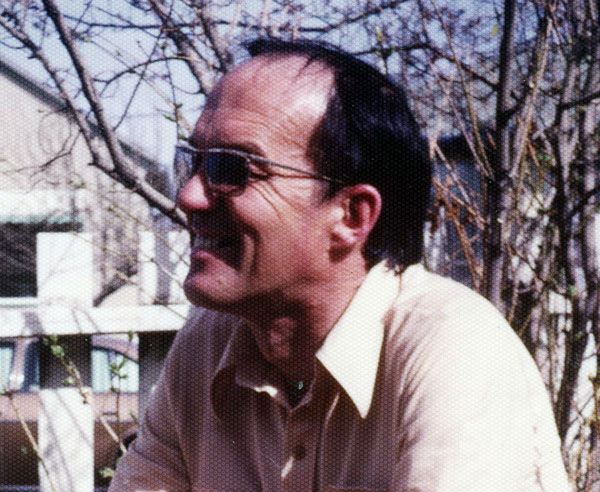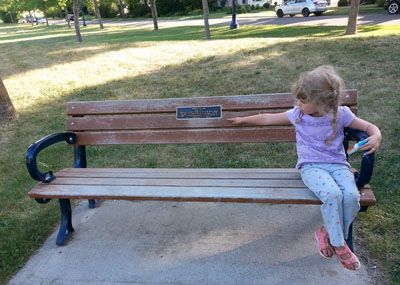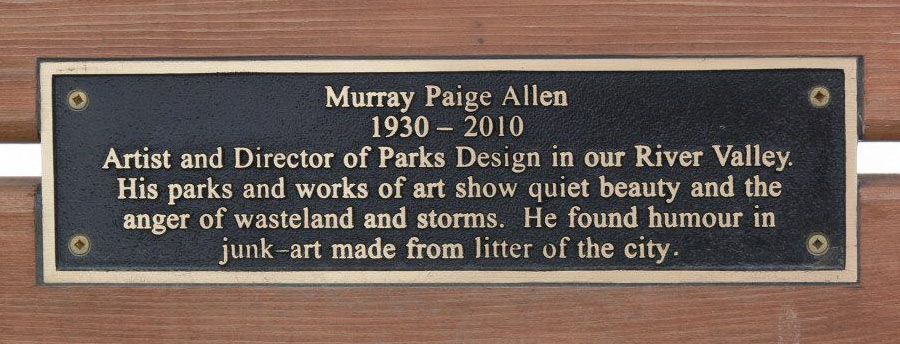 After the 1933 creation of the Banff School of Drama, a childhood in Banff was likely to excite hopes of a life in the theatre. A change of name, to the Banff School of Fine Arts, in 1935, broadened the field of dreams to include music, dance, literature, languages, sculpture and painting, followed by film and indigenous art. On the streets of town, and on nearby trails, it was inevitable that young friendships formed easily, with personal and artistic ventures to follow.
After the 1933 creation of the Banff School of Drama, a childhood in Banff was likely to excite hopes of a life in the theatre. A change of name, to the Banff School of Fine Arts, in 1935, broadened the field of dreams to include music, dance, literature, languages, sculpture and painting, followed by film and indigenous art. On the streets of town, and on nearby trails, it was inevitable that young friendships formed easily, with personal and artistic ventures to follow.
Murray dreamed of painting, but our family had been hard-hit by the Depression, and he had to work. He compromised on landscape architecture as a career, and studied at the Ontario Agricultural College, in Guelph, from 1950 to 1954. After eight years of landscaping work, in Toronto and Ottawa, he returned to Banff in 1962 to help care for our ailing parents, and to try his hand at painting. He occupied the attic of the family home, and without training painted to prove himself. His background in drawing of landscape projects influenced his work, and he enrolled for one or two summer sessions at the School of Art. Nicola Bjelajac, a painter from Winnipeg, was teaching at the time, and he and Murray quickly connected. The result was dramatic change in Murray’s approach to art. He rejected his early efforts to emulate the precedents of the Banff School, shown in paintings 0576 and 0577, Moraine Lake and Crowfoot Glacier, and took Bjelajac’s advice to loosen up, and do his own thing.
In the late 1960s, Murray held several landscaping positions in Alberta. He painted on his own time, and on vacation trips with Bjelajac to the West Coast. In 1972 he married Anne-Marie Woldnik, of Edmonton, and settled down to steady work with the City of Edmonton where he became Director of Design and Maintenance in the Parks Department. Edmonton is famous for the number and quality of its civic parks, many of them in the valley of the North Saskatchewan River that bisects the city. Until retirement Murray was an effective and popular administrator, and proud of his work in the city and the valley. During those years his output of art continued, and an unknown number of works were sold (assisted by a loyal friend, Jill Green), at social gatherings of his many friends and co-workers.
By 2000, Murray had developed a large portfolio of water colour paintings, and pen and ink-wash drawings. He attempted to promote and sell his work, with connections to four or five small galleries in and near Edmonton. That quiet effort sold little, possibly influenced by a somber quality in unusual scenes of open pit coal mines, abandoned farms and machinery, back alleys, and demolition sites of industrial buildings that he liked to visit. In the words of one gallery keeper, ….”We admired Murray’s paintings, but they did not sell well because they were too powerful.” ….
Following the untimely passing of Anne-Marie, in 2001, Murray stopped painting, and took up the art of Assemblage. In my view, that may have been his way of saying that if his paintings were not wanted, he would persist, and continue to go his own way on a new and lesser- known trail. When I asked if the improbability I saw in his new work was whimsey or satire, possibly intentional mockery, he grinned and grunted, and said nothing. Macular degeneration damaged his eyesight, his disappointment deepened, and he became disorganized and inattentive to his health. Still he refused to give up, kept working, and died penniless and defiant after a short fight with a brain tumour.
On September 18th, 2011, Murrays family, from Virginia to Vancouver, assembled in Gallagher Park, in the river valley, for the installation of a memorial bench and tree dedicated to his life and work. It was placed by the family and the Parks Department, to honor Murray’s contribution to the City of Edmonton.
A plaque on the bench reads;


